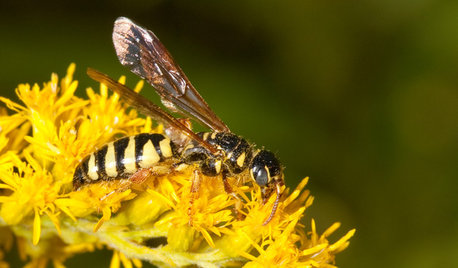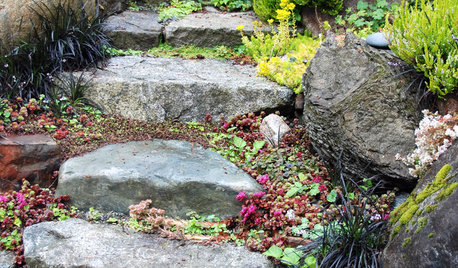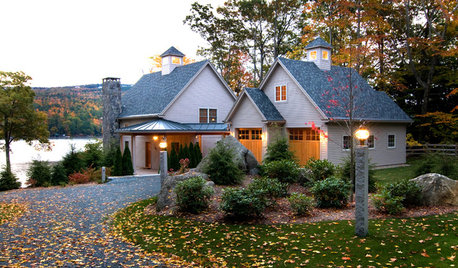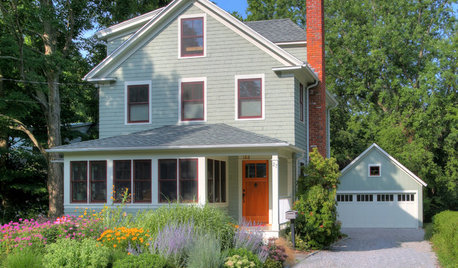Grubs
bw77
10 years ago
Related Stories

GARDENING GUIDESAttract Thynnid Wasps With Summer-Flowering Native Plants
These beneficial insects will hunt damaging beetle grubs in your lawn
Full Story
LANDSCAPE DESIGNPlant Your Steps for a Great Garden Look
There are benefits to allowing plants to invade your garden stairs
Full Story
GARDENING GUIDESHow to Fix Bare and Yellow Lawn Spots
Restore your turf’s good looks by reseeding unsightly patches
Full Story
LIFEHow to Outsmart Backyard Critters
Learn to think like a raccoon, skunk or squirrel to keep your home safe and your garden intact
Full Story
WINTER GARDENINGPruning Secrets for Exquisite Roses
Encourage gorgeous blooms year after year with this time-tested advice on how to prune your rosebush in winter for health and shape
Full Story
SAVING WATERXeriscape Gardens: How to Get a Beautiful Landscape With Less Water
Conserve water and make gardening much easier with the xeriscape approach’s 7 principles
Full Story
GARDENING AND LANDSCAPINGBid Bad Garden Bugs Goodbye and Usher In the Good
Give ants their marching orders and send mosquitoes moseying, while creating a garden that draws pollinators and helpful eaters
Full Story
HOLIDAYS10 Tips for a Calm, Heartfelt Thanksgiving
Go easy on yourself this year and allow some breathing room to enjoy the holiday
Full Story
GREAT HOME PROJECTSUpgrade Your Front Yard for Curb Appeal and More
New project for a new year: Revamp lackluster landscaping for resale value, water savings and everyday enjoyment
Full Story
GARDENING GUIDESHow to Plant a New Lawn From Sod
Take the quick-start route to turf with sod; these installation guidelines will help ensure a healthy and long-lasting lawn
Full Story





dchall_san_antonio
bw77Original Author
Related Professionals
Rancho Palos Verdes Landscape Architects & Landscape Designers · Canton Landscape Contractors · Goodyear Landscape Contractors · Peabody Landscape Contractors · Azalea Park Landscape Contractors · Bridgeview Landscape Contractors · Canby Landscape Contractors · Choctaw Landscape Contractors · Cicero Landscape Contractors · Commack Landscape Contractors · Hannibal Landscape Contractors · New Providence Landscape Contractors · Painesville Landscape Contractors · Porterville Landscape Contractors · Stallings Landscape Contractorsed1315
ed1315